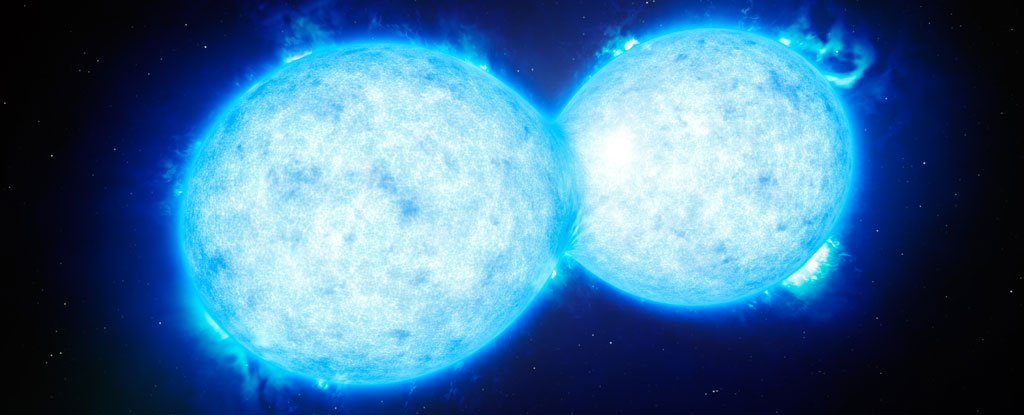Interplanetary dust is considered very important as it is thought to play a huge role in the formation and evolution of the solar system and may have actually formed water on our planet.
Cosmic dust is made up of tiny particles at the nanometer and micrometer levels. These particles appear at the end of a star's life and at the creation of a solar system.
Stars form from the combustion of a gas cloud made up of hydrogen and helium. They use the hydrogen to create heavier elements through nuclear fusion. These elements of carbon, oxygen, and other types are released at the end of a star's life where it collapses on its own gravity and creates a supernova, which is the biggest explosion in space. There are heavier elements which are formed from this supernova and create this interplanetary dust.
These interplanetary dust particles in our own galaxy are mostly made from comets which provide evidence for theories about the formation of planets.
Sources:
http://www.nasa.gov/audience/forstudents/5-8/features/nasa-knows/what-is-a-supernova.html
http://www.iflscience.com/space/what-interplanetary-dust-and-can-it-spread-ingredients-life
Tuesday, November 17, 2015
Meteor Showers on Mercury
In a new study, Mercury is regularly being hit by a comet which affects the planet's atmosphere to a considerable degree and from this we may be able to discover how this airless body keeps its ethereal envelopes.
Mercury is considered an airless body which has clouds of atomic particles on its surface which is vastly different than the dense atmospheres of both Earth and Mars and is called a 'surface boundary exosphere.'
Researchers recently discovered that there is a peak emission of the element calcium on Mercury which is seen when the planet passes through its perihelion. A comet known as comet Encke has the shortest period of any comet, reaching perihelion in about 3.3 days at 31 million miles from the sun. The orbit of this comet is stable and so it has created a comet dust stream and this affect the emission of calcium from Mercury. This dust spread along the comet's orbit, forming the stream that collides alongside Mercury exactly when the comet does resulting in the observed levels of calcium.
Sources:
http://www.nasa.gov/feature/goddard/mercury-gets-meteoroid-shower-from-comet-encke
http://earthsky.org/space/comet-encke-pelts-mercury-with-meteors
Mercury is considered an airless body which has clouds of atomic particles on its surface which is vastly different than the dense atmospheres of both Earth and Mars and is called a 'surface boundary exosphere.'
Researchers recently discovered that there is a peak emission of the element calcium on Mercury which is seen when the planet passes through its perihelion. A comet known as comet Encke has the shortest period of any comet, reaching perihelion in about 3.3 days at 31 million miles from the sun. The orbit of this comet is stable and so it has created a comet dust stream and this affect the emission of calcium from Mercury. This dust spread along the comet's orbit, forming the stream that collides alongside Mercury exactly when the comet does resulting in the observed levels of calcium.
Sources:
http://www.nasa.gov/feature/goddard/mercury-gets-meteoroid-shower-from-comet-encke
http://earthsky.org/space/comet-encke-pelts-mercury-with-meteors
Tuesday, November 10, 2015
Stars Touching
The VTFS system, which is located in the Tarantula Nebula, was observed by the Very Large Telescope has recently discovered a double star system in which these two stars are overlapping and share as much as 30% of their mass.
These two stars orbit each other about once every day, resulting in an overcontact binary system. This phenomena is described by how they share a gaseous envelope where the gas does not rotate with the system itself. These are very large stars which have a combined mass of 57 times the mass of the sun as well as a high temperature of 4 x 10^5 degrees of Celsius.
It is very rare to find two stars that are connected in this manner since this state doesn't last very long and in this case, once the stars split it will have a catastrophic affect. Since these stars are orbiting each other so fast, the energy created will cause a long duration gamma ray burst which will result in both their deaths where they will continue to merge until they become one gigantic rotating star.
Sources:
http://www.daviddarling.info/encyclopedia/C/contact_binary.html
http://www.sciencealert.com/scientists-find-two-distant-stars-touching-and-the-results-could-be-catastrophic
https://en.wikipedia.org/wiki/Gamma-ray_burst#Ultra-long_gamma-ray_bursts
These two stars orbit each other about once every day, resulting in an overcontact binary system. This phenomena is described by how they share a gaseous envelope where the gas does not rotate with the system itself. These are very large stars which have a combined mass of 57 times the mass of the sun as well as a high temperature of 4 x 10^5 degrees of Celsius.
It is very rare to find two stars that are connected in this manner since this state doesn't last very long and in this case, once the stars split it will have a catastrophic affect. Since these stars are orbiting each other so fast, the energy created will cause a long duration gamma ray burst which will result in both their deaths where they will continue to merge until they become one gigantic rotating star.
Sources:
http://www.daviddarling.info/encyclopedia/C/contact_binary.html
http://www.sciencealert.com/scientists-find-two-distant-stars-touching-and-the-results-could-be-catastrophic
https://en.wikipedia.org/wiki/Gamma-ray_burst#Ultra-long_gamma-ray_bursts
Subscribe to:
Comments (Atom)

